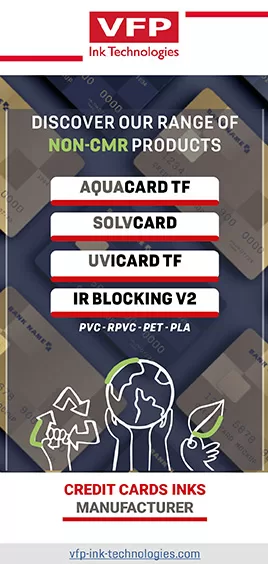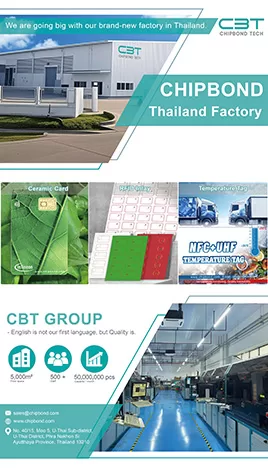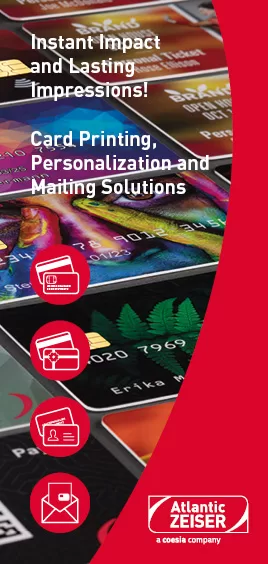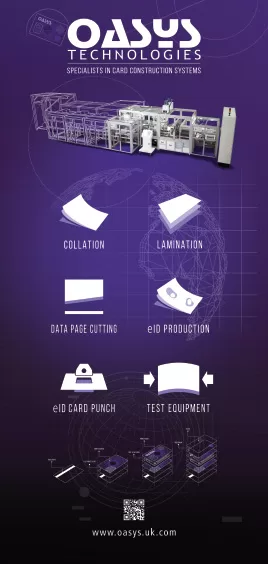
by Jennifer Kohlhepp | CM Magazine Featured
How to Protect Cardholders Against Microorganisms on the Card’s Surface
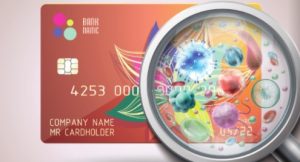 By Jennifer Kohlhepp, Managing Editor, ICMA
By Jennifer Kohlhepp, Managing Editor, ICMA
Invisible enemies lurk on the surface of cards that could be detrimental to cardholders’ health.
Liveo Research has studied microorganisms that live on the card’s surface and what’s available in the marketplace to protect people who handle them.
The human body can be fragile, especially when it is attacked by invisible enemies such as bacteria and viruses. While antibodies and white blood cells and other natural defense systems can defeat the majority of these attacks, in some cases the human body is not well equipped to fight against these invaders that cause infections, sickness and disease.
Bacteria, which are living organisms typically referred to as monocellular organisms, are made by one cell and that cell is like a small city with an ecosystem that can provide all of the sustenance (food and energy) it needs to survive on different surfaces. Bacteria are giant compared to viruses, with the majority ranging from 1-10 microns in size.
“A bacterial infection usually can attack one part of the body and does not affect the whole body completely,” said Luca Castellani, international area manager, Liveo Research. “Bacterial diseases include pneumonia, tuberculosis, tetanus and food poisoning.”
Viruses are not living organisms and cannot survive by themselves. They need a living cell to activate their biochemical processes and only grow and reproduce inside of the host cell they infect. Submicroscopic, they are typically five to 50 times smaller than bacteria. Viruses can create diseases that spread throughout the body. Diseases caused by viral infection include COVID-19, Polio, AIDS and measles.
“We don’t see anything on our cards, but they are one of the most dirty things we have in our wallet or purse,” Castellani said. “Very often cards are something we pass from hand to hand and we don’t think about the harm it can create to us. Every time someone touches a card, it leaves something on our skin and this something comes from the card’s surface.”
While most of what lives on the card is harmless to the cardholder, bacteria and viruses can be detrimental to human health. Liveo Research studied means of protecting cardholders from the harmful effects of bacteria since it can survive on external surfaces and multiply without being inside of a human body. “If it’s on a surface, it can grow and multiply,” Castellani said. “A virus is not a living organism. If you want a solution, you need a specific solution for each type of virus.”
There are five solutions in the card market today that can help protect cardholders from the negative effects of bacteria:
- Contactless: Most payment companies reported that the number of payments made via contactless technology more than doubled in 2020 when compared to the previous year. Contactless card transactions enable cardholders to pay at the point of sale without having to give the card to anyone else or touch the transaction terminal, both of which prevent bacteria from getting on the card.
- Washing: Washing cards often with soap and water and/or with an alcoholic solution can remove bacteria from the card’s surface. However, washing cards may damage the card’s components such as the microchip and magnetic stripe and can shorten the card’s lifecycle.
- Antibacterial spray: Different antibacterial sprays are available to spray onto the card’s surface to create a protective layer. Approximately 99% of the spray has to be antibacterial for the best effectiveness. However, the abrasiveness of using the card and moving it in and out of a wallet or purse can degrade the protective layer. Sprays on the market claim a 99% durability for 90 days but that may not hold true for cards, which are used quite often. Cardholders can spray their cards more often but there has not been research into how that would affect the card or its chip or magnetic stripe.
- Antibacterial coating: An antibacterial coating can be placed on top of the card’s overlay to protect cardholders from bacteria. Some limitations with this process include the coating getting scratched when a card is swiped in an ATM machine or point-of-sale terminal or when it rubs against other hard surfaces. The coating is more difficult to remove than the antibacterial spray, but it may affect the personalization of the card.
- Antibacterial PVC: Antibacterial PVC contains an antibacterial agent that does not change the structure of the PVC. It can’t be scratched or removed and, after lamination, has more than 99% efficiency. It’s long-lasting because it is inside the card body and will last longer than the lifetime of the card. Antibacterial PVC can very easily replace a standard overlay. However, the magnetic stripe would not be protected. Although bacteria could live there, it would have little space to thrive.
In summary, contactless is a known technology. However, it is not accepted everywhere and can break. Washing cards may be easy and simple but the process could damage the card. The use of antibacterial spray is applicable to all cards and everyone can do it, but it can easily be removed and could damage the card. While antibacterial coating is easy to find, it can easily be removed and its efficiency breaks down after lamination and it could impact a card’s personalization and construction. The antibacterial overlay remains active after lamination and is not removable with usage but does not protect the magnetic stripe area of the card.

